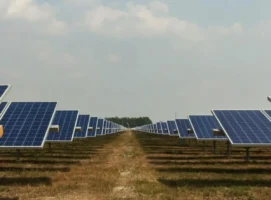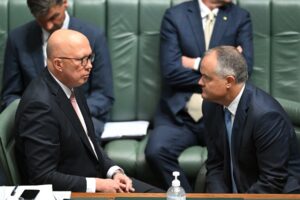South Australia continues to set remarkable new renewable energy milestones, this time with rooftop solar which ate up all the state’s operational demand in the middle of the day on Saturday.
According to the Australian Energy Market Operator, operational demand fell to just 21MW on Saturday, at 1.30pm, as rooftop solar accounted for the rest of demand.
AEMO said this new minimum demand level was well below the previous minimum of 100MW set last October, and is the lowest operational demand a state has ever reached in Australia’s National Electricity Market.
It came as grid-wide minimum demand levels were also set over the weekend, again due to the incursions of rooftop solar.
South Australia already has a world-leading share of more than 70 per cent renewables in its grid, averaged over the last 12 months, and regularly reaches more than 100 per cent renewables thanks to its growing capacity of large scale wind and solar, and rooftop solar.
Getting to this level with rooftop solar alone is quite unique, and points to the dramatic way that AEMO has to rethink its management of the grid to ensure reliability and security.
It has had to introduced tighter standards for solar inverters, to make sure they can be “orchestrated” – or switched off – when needed. That rollout started in South Australia and is now flowing to other states, including Western Australia which is unique in its own way because it is the world’s biggest standalone grid.
Listen to our latest episode of the Energy Insiders podcast to hear a discussion on that topic with WA’s co-ordinator of energy Jai Thomas. Energy Insiders Podcast: The end of baseload in world’s biggest standalone grid
The growing incursion of rooftop solar is also leading to more battery storage, both at household and business level through the creation of so-called “virtual power plants”, and through large scale storage.
The big battery phenomenon now accelerating through the grid was kicked off in South Australia with the original Tesla Big Battery at Hornsdale.
But WA has recently announced a series of contracts to build the country’s first four hour batteries with the specific purpose of soaking up rooftop solar in the middle of the day and transferring its output to the early evening peak.
In South Australia on Saturday, the level of rooftop solar actually broke above 100 per cent of demand, albeit for a five minute period at 1.35pm. The AEMO record is set over 30-minute trading intervals, rather than five minute trading intervals.











